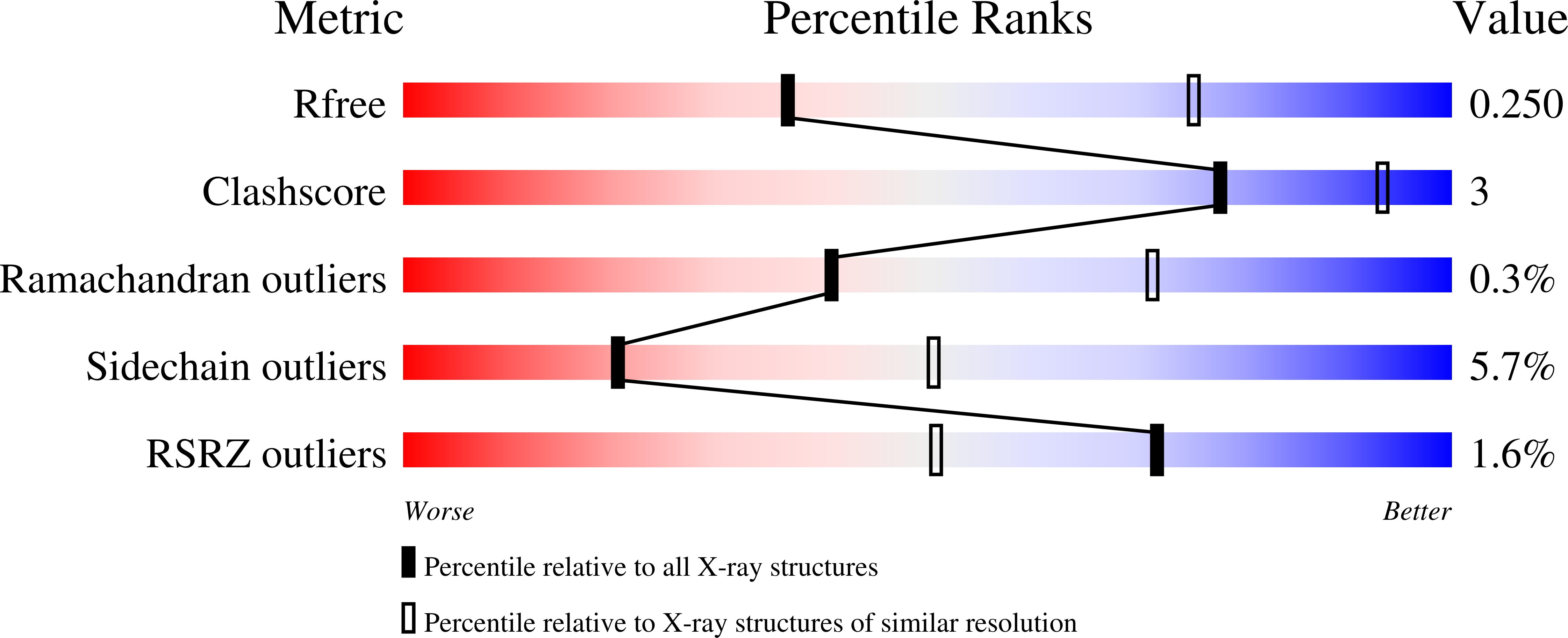
Deposition Date
2013-02-11
Release Date
2013-10-02
Last Version Date
2024-11-20
Entry Detail
PDB ID:
4J6S
Keywords:
Title:
14-3-3gamma complexed with the N-terminal sequence of tyrosine hydroxylase (residues 1-43)
Biological Source:
Source Organism:
Homo sapiens (Taxon ID: 9606)
Host Organism:
Method Details:
Experimental Method:
Resolution:
3.08 Å
R-Value Free:
0.25
R-Value Work:
0.21
R-Value Observed:
0.21
Space Group:
P 21 21 21


